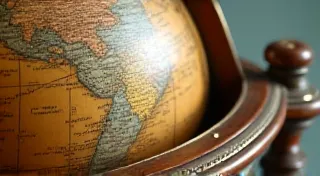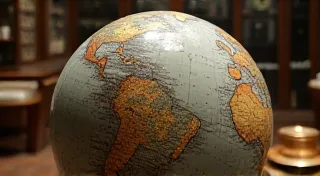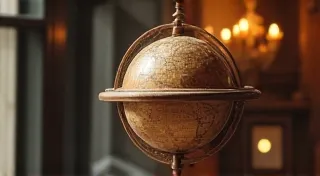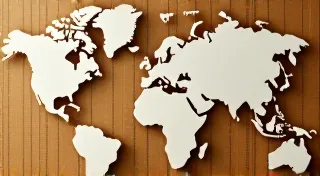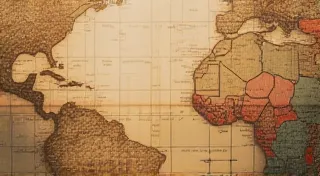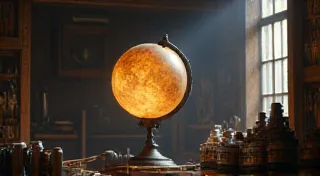Identifying Globe Publishers: A Historical Overview
Antique globes are more than just decorative objects; they’re fascinating artifacts that reflect historical cartography, scientific understanding, and the craftsmanship of their time. Identifying the publisher of a globe is a vital step in understanding its history, assessing its value, and appreciating the unique insights it offers into a specific era. This article will explore the key characteristics and historical context to help you identify globe publishers. The preservation of these delicate objects is also important, and sometimes requires careful steps like stabilizing warped globe paper to ensure their longevity.
Early Globe Makers: 16th - 18th Centuries
The earliest globe makers were often associated with royal courts and scientific institutions. Accuracy was a significant challenge during this period. Early globes often contained significant inaccuracies, reflecting the limited geographical knowledge of the time. Identifying these publishers can be tricky, as markings were often minimal or obscured by later restoration attempts. The inks used were often susceptible to fading, making identification even more difficult and requiring careful consideration during cleaning and restoration – a process that is significantly more complex than cleaning modern objects.
Examples:
- Martin Waldseemüller (c. 1479–1520): A German cartographer, Waldseemüller’s globe of 1507 is historically significant as it was the first to include the name "America" on a map. Markings are often subtle, if present. The intricacies of early mapmaking meant even minor imperfections could impact the globe’s representation, highlighting the skill of the cartographer and the limitations of the era.
- Johannes Schöner (1450–1528): A German astronomer and cartographer, Schöner’s globes are relatively rare and feature intricate celestial and terrestrial representations. These globes often present a unique combination of astronomical and geographical information, showcasing the interconnectedness of scientific disciplines during the Renaissance.
- Reinhold Wolter (1549-1623): A German globe maker known for his detailed terrestrial globes produced during the late Renaissance. The quality of materials used in constructing these early globes, from the paper itself to the pigments used for the cartography, often dictated their long-term survival.
Image 1:
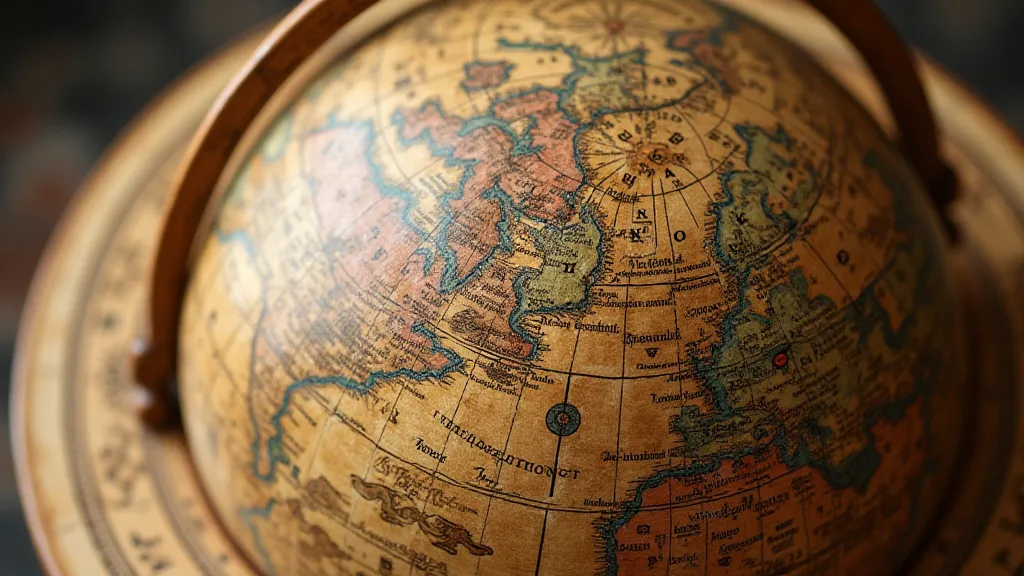
The 19th Century: Commercial Globe Production
The 19th century witnessed the rise of commercial globe production. The Industrial Revolution brought about new techniques in printing and manufacturing, making globes more accessible to a wider audience. Publishers began to include more prominent branding and often incorporated contemporary political boundaries. Understanding the age of a globe sometimes requires careful cleaning to remove accumulated grime, but improperly handling the delicate paper can lead to further damage – a technique outlined in cleaning antique globe paper. The vibrant colors and detailed cartography characteristic of many 19th-century globes are often a testament to advancements in printing technology and the increased availability of quality pigments.
Key Publishers:
- George Philip & Son (London): A prolific publisher of globes and maps throughout the 19th and 20th centuries. Their globes often display vibrant colors and detailed cartography. Look for "George Philip & Son" or “Philip's” markings. The political landscapes depicted on their globes accurately reflect the changing world order of the Victorian era.
- Elliot Browne & Co. (London): Known for their high-quality globes with accurate cartography. Their markings are typically clear and well-defined. These globes were often sought after by educators and institutions looking to provide students with an accurate representation of the world.
- R.L. Grigsby & Co. (Chicago): A significant American globe publisher, known for their detailed physical globes. The rise of American globe production reflected the country’s increasing global influence and its desire to visually represent its expanding territory and trade routes.
- Dowling & Co. (London): Produced a large number of globes throughout the Victorian era. Their globes were a common sight in middle and upper-class homes, signifying both education and sophistication.
Image 2:
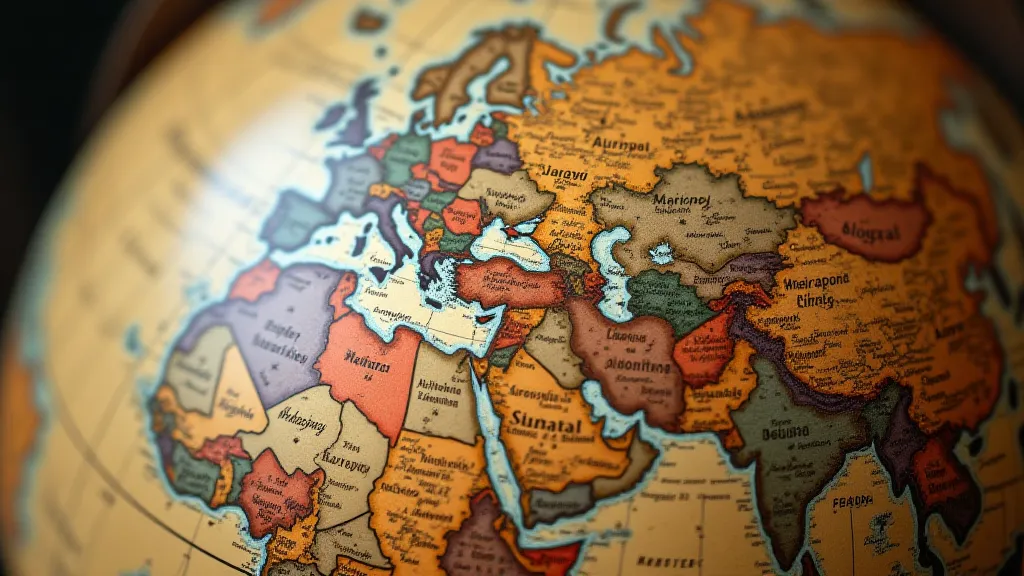
20th Century and Beyond
The 20th century saw continued innovation in globe making, including the introduction of relief globes and updated cartography reflecting geopolitical changes. Identifying publishers during this era is often easier due to more consistent branding and markings. Look for copyright dates and publisher names on the globe's base or on labels affixed to the gores (the printed segments that form the globe's surface). Sometimes the ink used in these maps can fade significantly, presenting challenges for identification and preservation. Specialists often employ techniques to address fading ink on antique globe maps.
Considerations:
- Cartographic Style: The style of map projection (e.g., Mercator, Robinson) can provide clues about the globe's age and publisher. Different projections distort the world in different ways, reflecting the priorities and biases of the cartographer.
- Political Boundaries: Changes in political boundaries reflected on the globe can help narrow down the date of manufacture. The breakup of empires, the formation of new nations, and shifts in territorial control are all visible on the globe's surface.
- Base Material: The type of base material (wood, metal, plastic) can also provide clues about the globe’s era. The transition from wooden to metal to plastic bases reflects advancements in materials science and manufacturing techniques.
- Globe Gore Construction: The way the globe is constructed from individual gores (paper segments) can also provide clues. Early globes often used hand-sewn gores, while later globes used more sophisticated methods, including glue or staples.
Image 3:
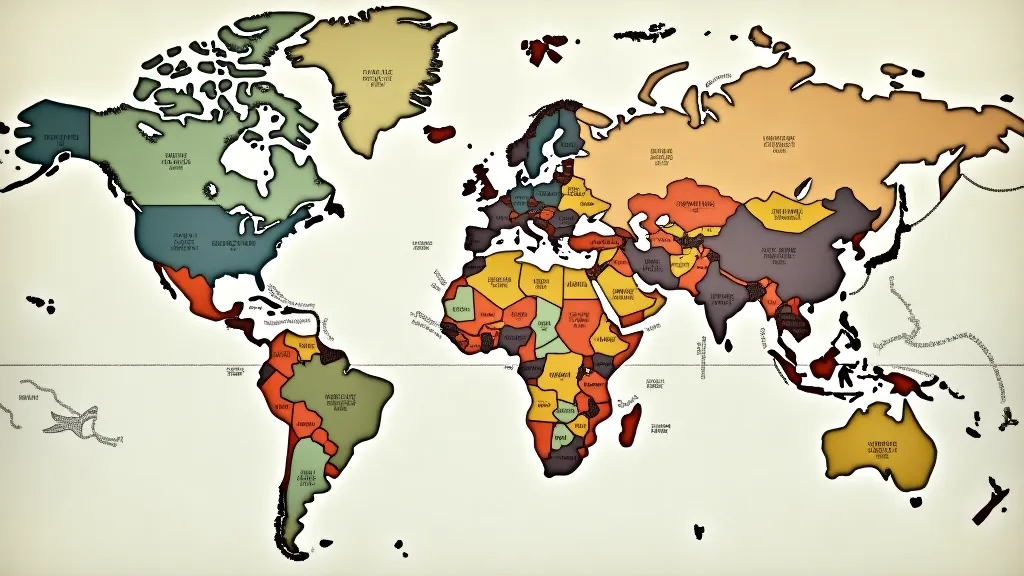
Resources for Further Research
Identifying globe publishers can be a rewarding journey into the history of cartography. Further research into specific publishers and their products can provide a deeper understanding of the globe's historical context and its significance as a collectible item. Often, knowing the manufacturer provides a deeper understanding of how the world was perceived at the time of production. Beware of reproductions however - learning to recognize fake antique globes is a crucial skill for collectors and enthusiasts alike.
